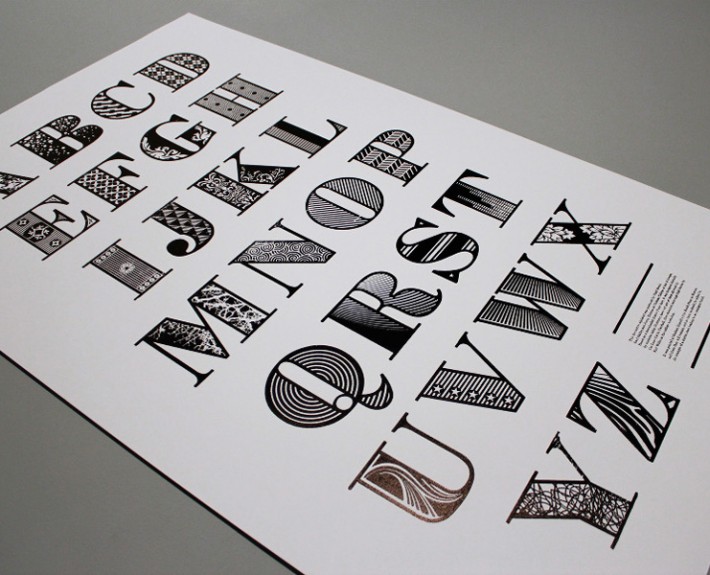When we hear Helvetica, the normal person might associate it with the standard Grotesque font that is packaged with every Windows or Mac OS (among hundreds of applications). When a typographer hears Helvetica, they think of one of, if not the most technically sound type system designed in the past century.
Originally designed in 1957 for the Haas Type Foundry in Münchenstein, Switzerland, dubbed “Neue Haas Grotesk” was a colab between geniuses Max Miedinger with Eduard Hoffmann. Parker and his team took Haas‘s original drawings and began reworking them to work on Linotype‘s machines. The modified design eventually became known as Helvetica.
Under his leadership, more than 1,000 typefaces, including Helvetica, were added to the company’s library, which became an industry standard and helped guide the type landscape from hot metal, to photocomposition, and finally to digital printing.
“It is not a letter that’s bent to shape; it’s a letter that lives in a powerful matrix of surrounding space, it’s — oh, it’s brilliant when it’s done well.”
—Mike Parker
Sources: CNN, FastCo











